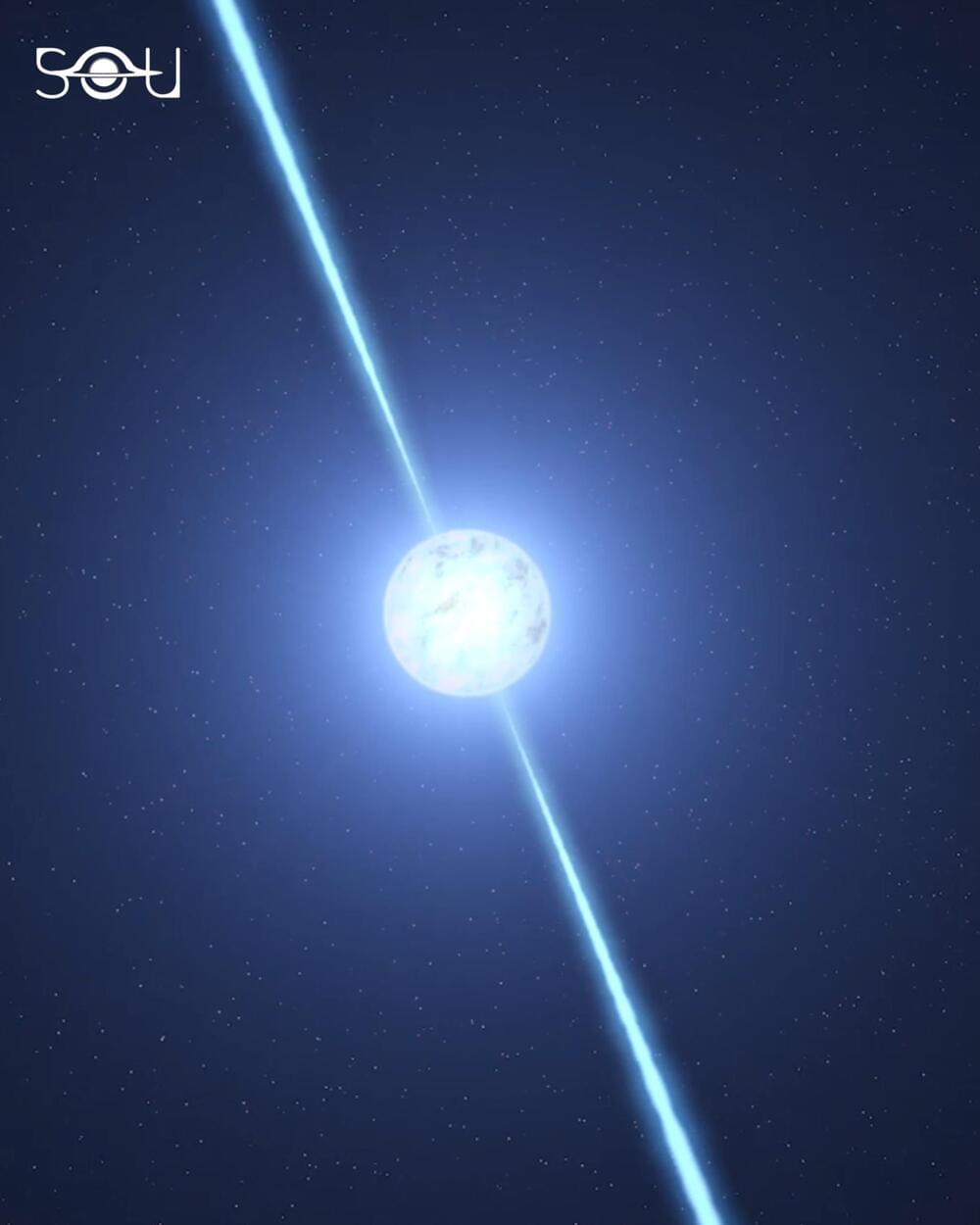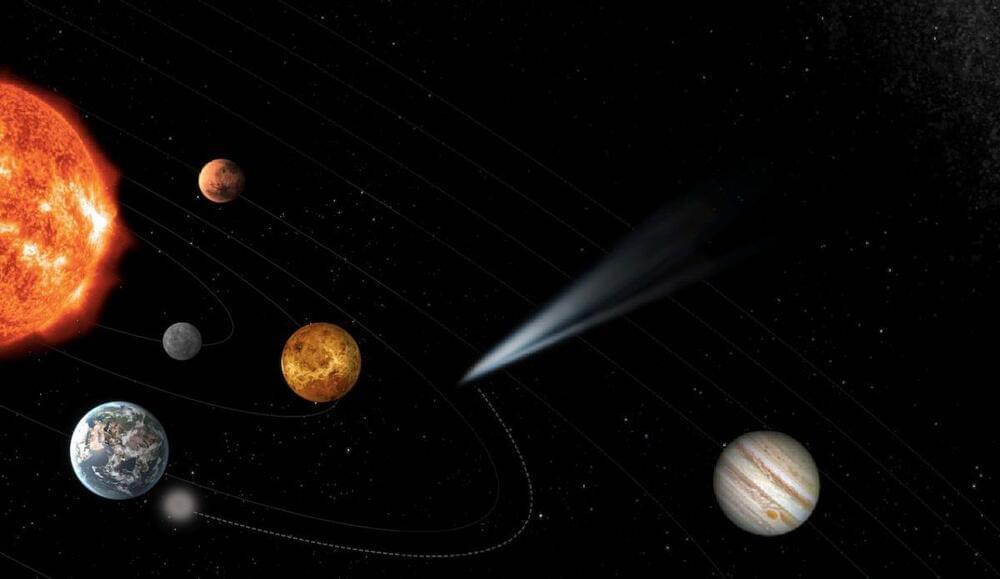
Category: space – Page 531




Navigation Sensor on Mars Helicopter Dead, NASA Says
NASA’s Mars helicopter has run into a bit of trouble after 28 successful flights and well over an entire dusty Earth year into its mission on the Red Planet.
One of the four-pound rotorcraft’s navigation sensors has given out — an unfortunate new development, especially considering Martian winter is almost upon it. Extreme temperature swings could soon wreak havoc on the rest of the helicopter’s electronics.
But the team at NASA’s Jet Propulsion Lab says their plucky rotorcraft isn’t finished yet.



Putting the theory of special relativity into practice
Scientists who study the cosmos have a favorite philosophy known as the “mediocrity principle,” which, in essence, suggests that there’s really nothing special about Earth, the sun or the Milky Way galaxy compared to the rest of the universe.
Now, new research from CU Boulder adds yet another piece of evidence to the case for mediocrity: Galaxies are, on average, at rest with respect to the early universe. Jeremy Darling, a CU Boulder astrophysics professor, recently published this new cosmological finding in The Astrophysical Journal Letters.
“What this research is telling us is that we have a funny motion, but that funny motion is consistent with everything we know about the universe —there’s nothing special going on here,” said Darling. “We’re not special as a galaxy or as observers.”

Krafft Ehricke: “Lunar Industrialization & Settlement—Birth of Polyglobal Civilization”
During my research, preparing my next presentations, i found this beautiful speech by Krafft Ehricke, in 1984, before he passed away.
Every single word is a precious teaching, a beautiful lecture on natural philosophy.
Ehricke was discussing against the claimed “limits to growth\.
The great space visionary Krafft A. Ehricke gave this comprehensive presentation on the industrialization and settlement of the Moon at the “Lunar Bases and Space Activities of the 21st Century” conference, held Oct. 29–31, 1984, at the National Academy of Sciences, Washington, DC.
Ehricke’s accompanying paper can be found here: http://www.lpi.usra.edu/publications/books/lunar_bases/LSBchapter12.pdf.
